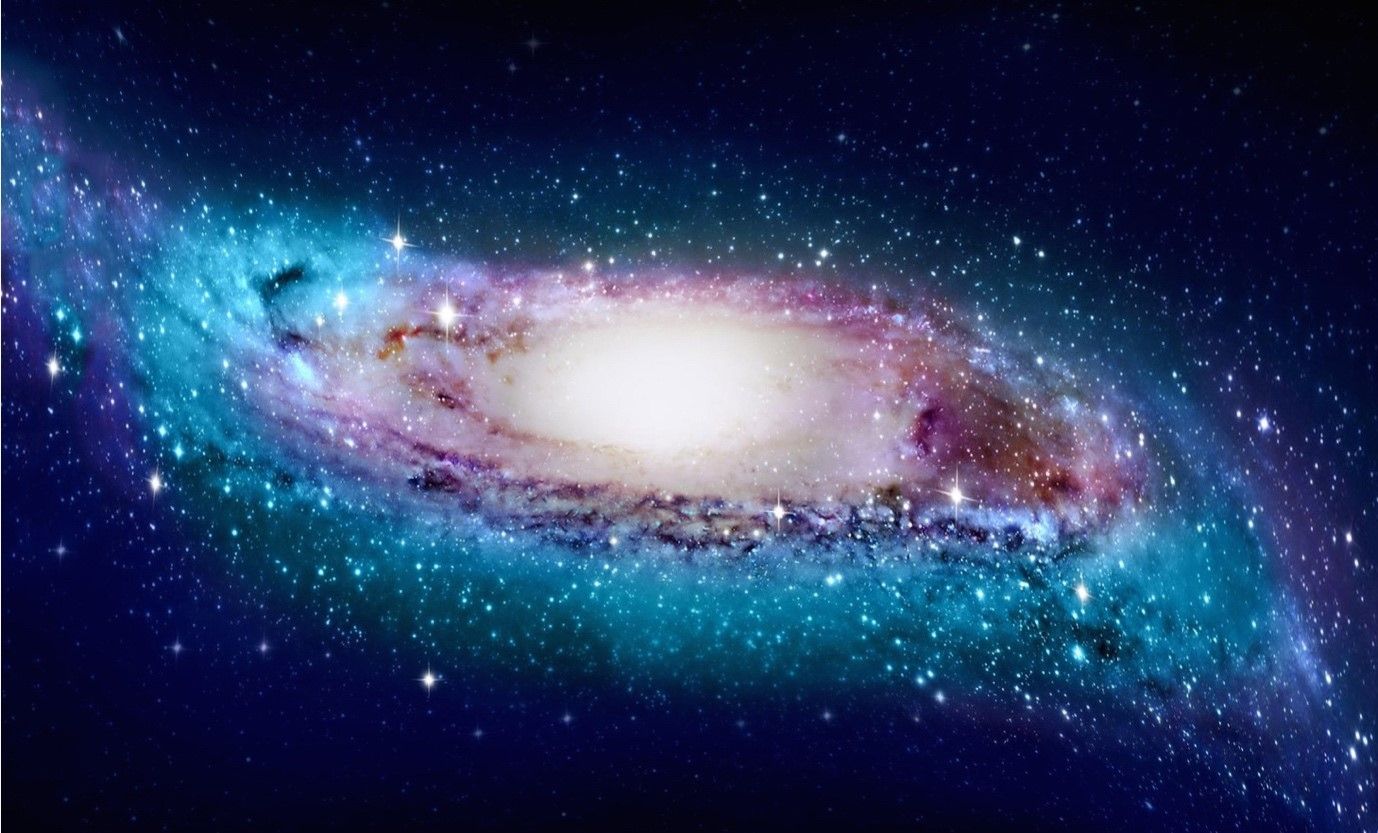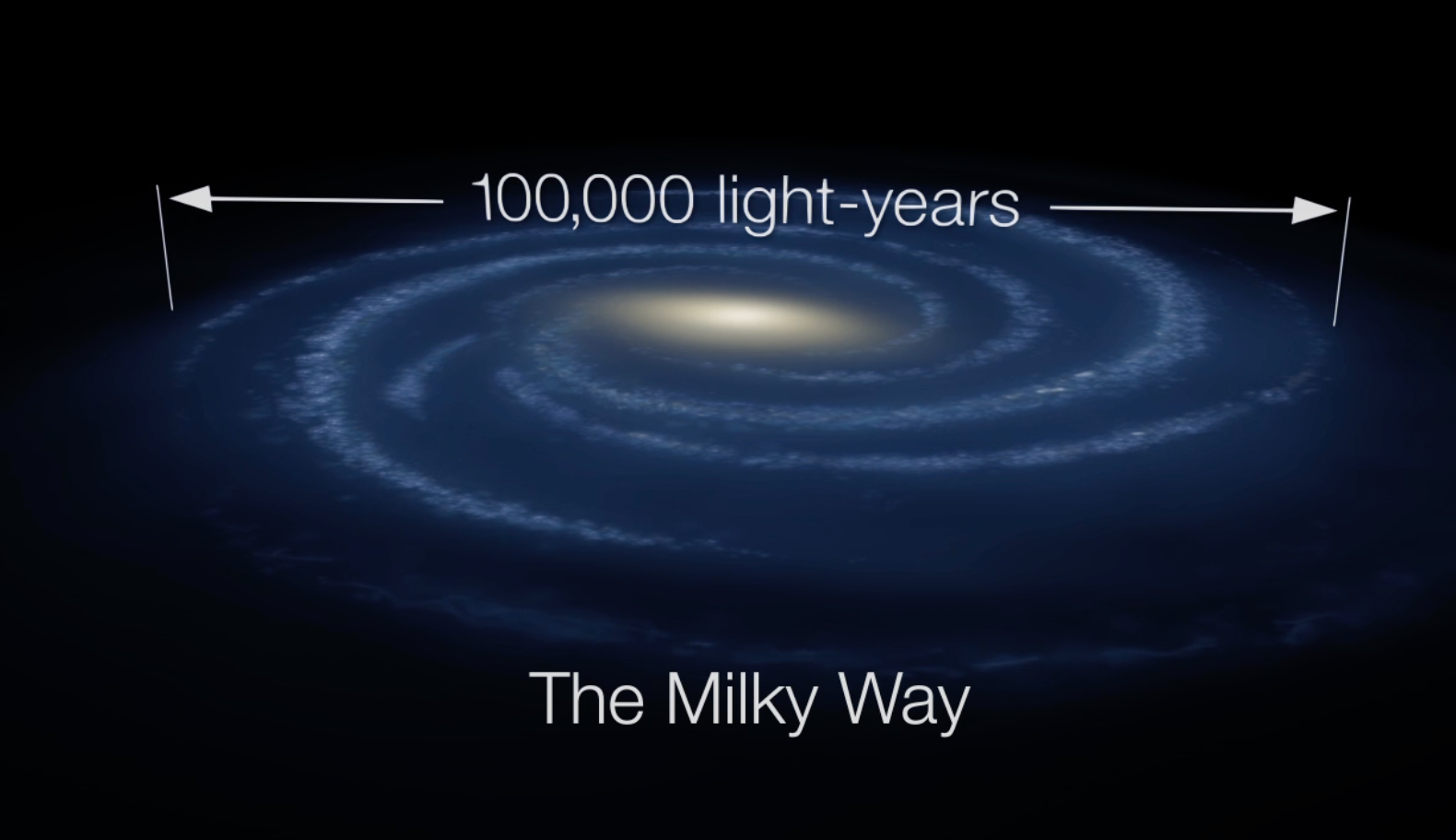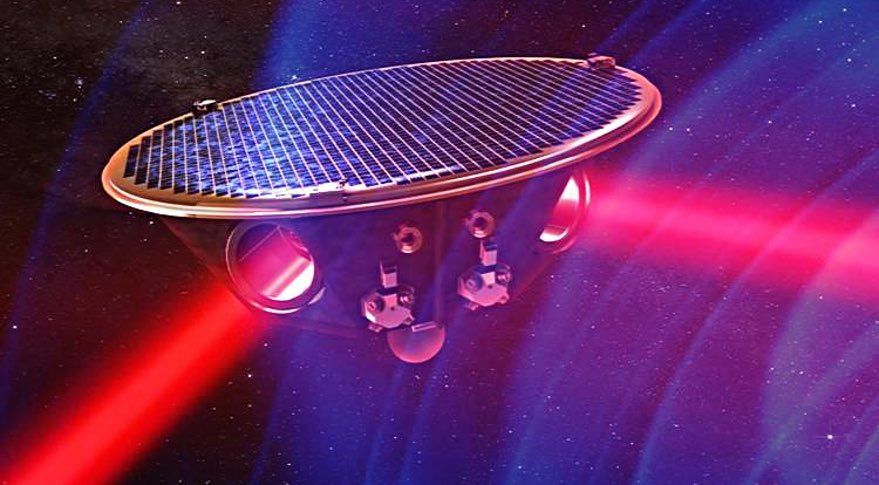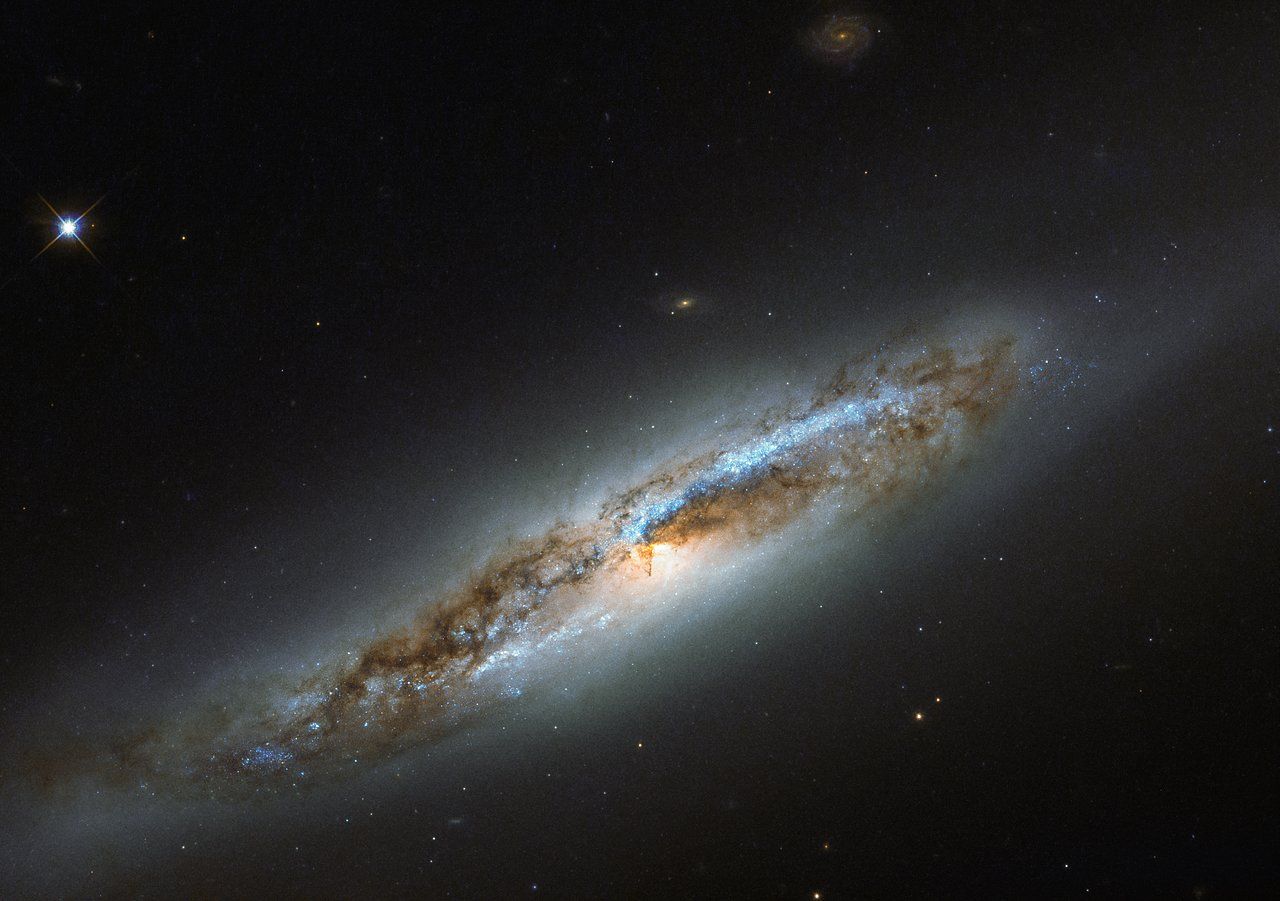Massive Blast on Proxima Centauri Might Have Wiped Out Alien Life
Article by Bilal Waqar May 1, 2021 (wonderfulengineering.com)
• Proxima Centauri, at 4.243 light-years away from Earth (9.46 trillion kilometers) is the closest known star to our Sun, and it is the solar host to at least two known planets. Meredith MacGregor, an assistant professor at the Center for Astrophysics and Space Astronomy, and her team had set up a program that directed nine instruments towards Proxima Centauri, including NASA’s Transiting Exoplanet Survey Satellite, the Hubble Space Telescope, and the Atacama Large Millimeter Array. All of these were able to record a massive flare coming right out of the Proxima Centauri.
• “The star went from normal to 14,000 times brighter when seen in ultraviolet wavelengths over the span of a few seconds,” said MacGregor. “It’s the first time we’ve ever had this kind of multi-wavelength coverage of a stellar flare. Usually, you’re lucky if you can get two instruments.”
• The super radiative explosion lasted for seven seconds and was the largest ever recorded coming out of a Milky Way star. The current reasoning for these explosions is that when magnetic fields close to the surface of a star twist, it causes a deadly wave of the radiative explosion. Scientists say with this new data, they will be able to study better how stars generate flares.
• Proxima Centauri is a “red-dwarf” star that is only one-eighth the size of the Sun. But the flare it blew into the milky way is termed as the largest and deadliest radiation ever to come from the surface of a star. A journal published in the Astrophysical Letters states, “The flare was so big that scientists think it may have spelled doom for any life present on nearby exoplanets in orbit.” The colossal solar flare was so big that it sure would have burnt out any extra-terrestrial life on a planet near the Proxima Centauri.
 Scientists just termed a gigantic wave of fire as the biggest flare ever recorded in the
Scientists just termed a gigantic wave of fire as the biggest flare ever recorded in the

Milky Way. And it might have wiped out alien life on another planet.
The flowing flare was seen coming out from the Proxima Centauri, the closest star to the sun, that lies 9.46 trillion kilometers and 4.243 light-years away from earth. Scientists claimed of recording the massive burst of fire from the “red-dwarf” star, the distance of which from the sun is almost the same that it has from the earth.
Scientists state it holds a significant position. Why? Because it is the closest known star to the sun and serves as a solar host to at least two planets. It is one-eighth the size of the sun, but the flare it blew into the milky way is termed as the largest and deadliest radiation that came out from the surface of a star ever.
A journal published in the Astrophysical Letters states, “The flare was so big that scientists think it may have spelled doom for any life present on nearby exoplanets in orbit, reshaping the search for life beyond Earth’s solar system.”
“The star went from normal to 14,00 times brighter when seen in ultraviolet wavelengths over the span of a few seconds,” said MacGregor, an assistant professor at the Center for Astrophysics and Space Astronomy (CASA). The discovery has paved the path for a new physics that will probably change how we perceive stellar fires.
FAIR USE NOTICE: This page contains copyrighted material the use of which has not been specifically authorized by the copyright owner. ExoNews.org distributes this material for the purpose of news reporting, educational research, comment and criticism, constituting Fair Use under 17 U.S.C § 107. Please contact the Editor at ExoNews with any copyright issue.
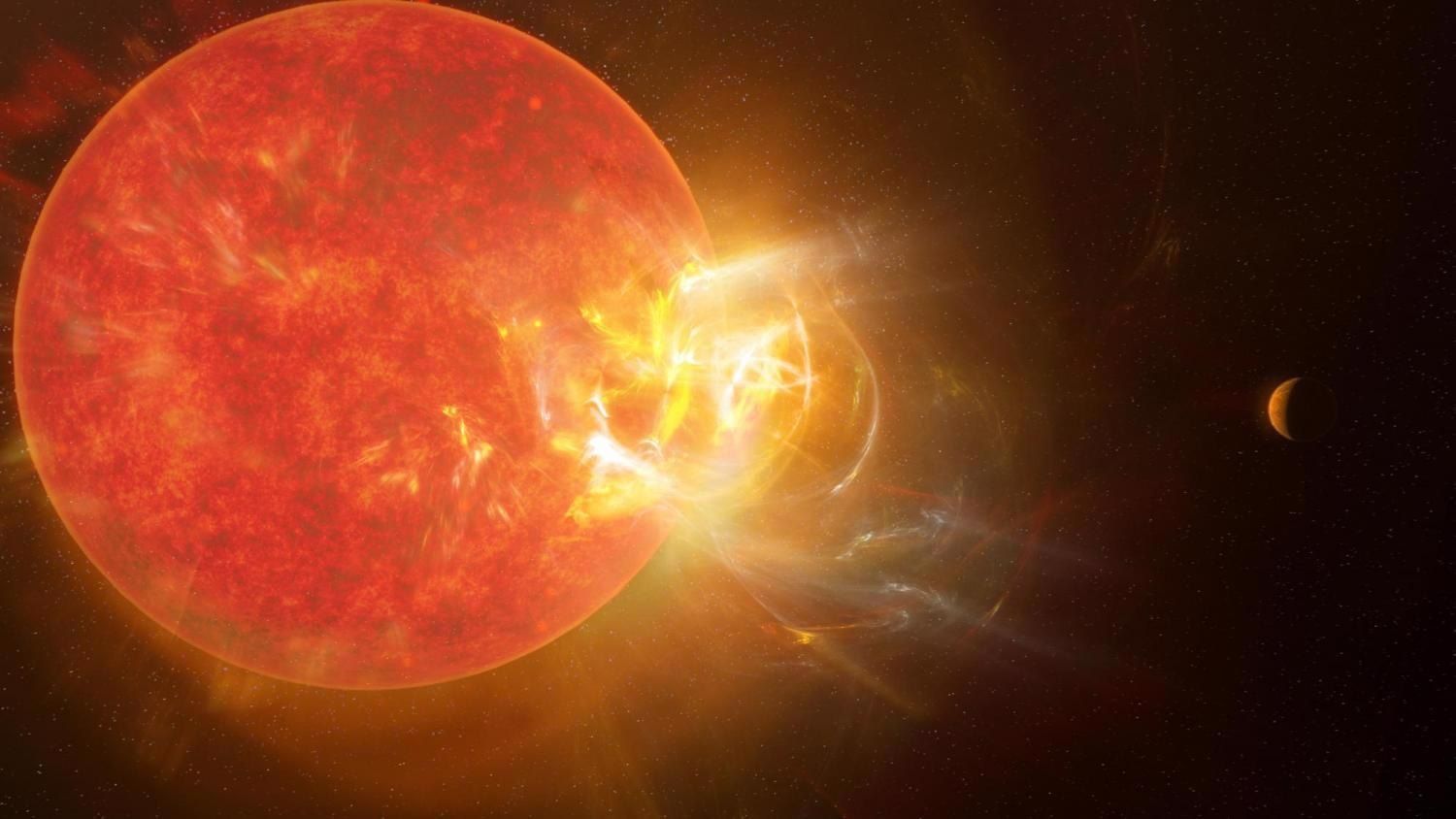

 Researchers used astronomy and statistical modelling to estimate how much intelligent life could have
Researchers used astronomy and statistical modelling to estimate how much intelligent life could have
